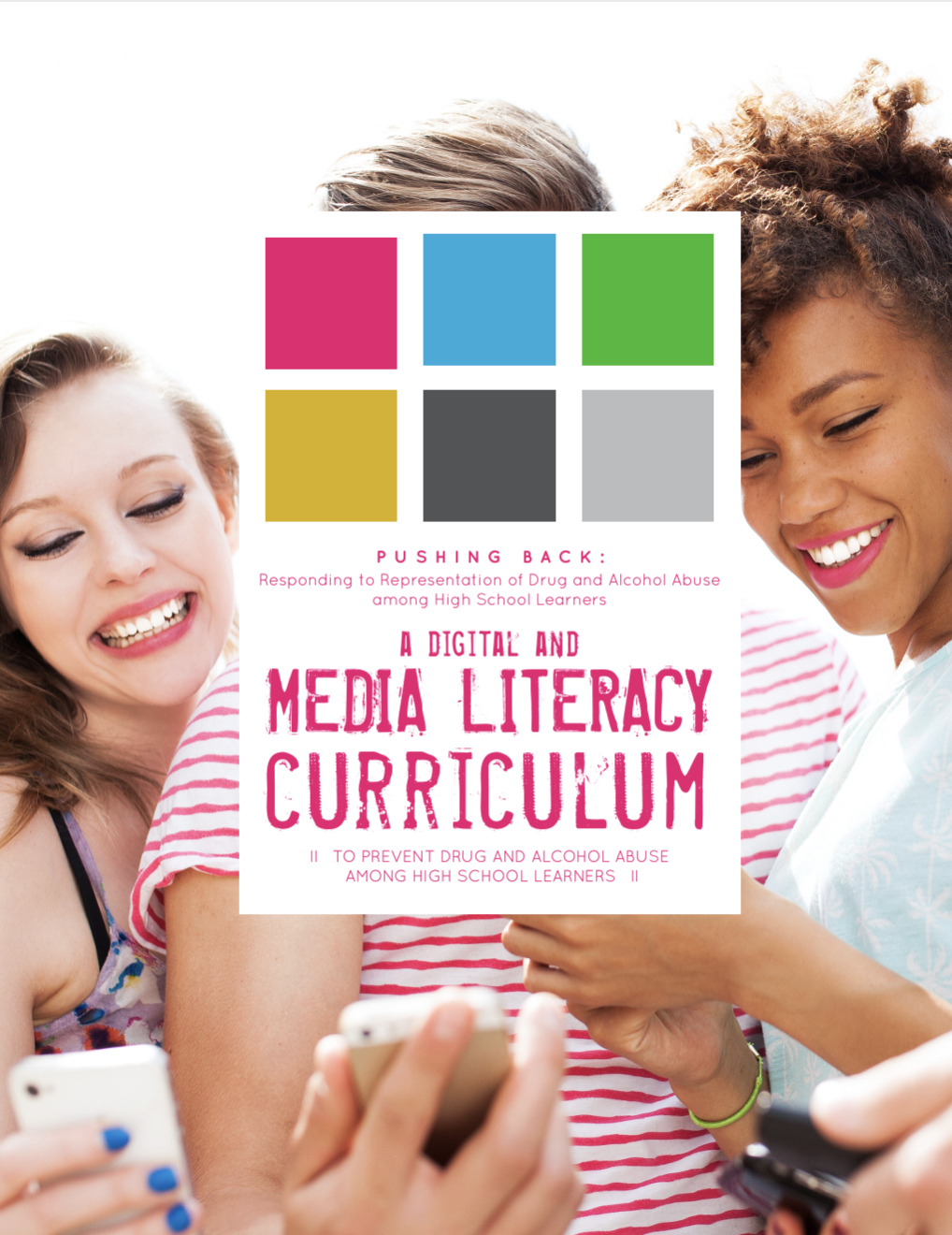Responding to Representation of Drug and Alcohol Abuse among High School Learners
This guide is designed to help high school educators build learners’ skills in both analyzing and creating media messages, helping learners better understand how media affects them, and how to make healthy lifestyle decisions that will improve the quality of their lives.
 FROM THE PENNSYLVANIA DEPARTMENT OF DRUG AND ALCOHOL PROGRAMS
FROM THE PENNSYLVANIA DEPARTMENT OF DRUG AND ALCOHOL PROGRAMS
The Department of Drug and Alcohol Programs participated in the development of curricula to help young people make healthy choices in a media- and technology-rich society. For young people to thrive in a media- and technology-saturated society, teachers and parents must help students critically evaluate the information they receive from the mass media and learn how to reflect upon and analyze their media consumption choices.
Digital and media literacy emphasizes the skills of analyzing, evaluating, and creating digital and media messages. Digital and media literacy skills are basic, 21st-century literacy skills that everyone needs in order to navigate the world today. Digital and media literacy skills help students to evaluate the quality and accuracy of what they watch, see, and read. They help them recognize how and why media messages appeal to us, sharpening our awareness of unstated but implied messages. In addition, digital and media literacy skills increase students' ability to select the media they consume more thoughtfully.
The core concepts of digital and media literacy are:
1) Media messages are constructed.
2) Media messages are produced within economic, social, political, historical, and aesthetic contexts.
3) The process of message interpretation consists of an interaction between the reader, the text, and the culture.
4) Media use language and other symbol systems with codes and conventions associated with different genres and forms of communication.
5) Media representations play a role in people’s understanding of and participation in social reality.
6) Media messages reflect and shape individual and social behavior, attitudes, and values.
This curriculum was created in 2015 and will no longer receive updates or revisions; therefore, please be advised that those downloading and using the curriculum may need to revise certain outdated content and links with more current and up-to-date examples, etc.
Created by Katie Donnelly, David Cooper Moore, and Renee Hobbs
Preferred Citation: Media Education Lab (2015). Pushing Back: Responding to Representation of Drug and Alcohol Abuse among High School Learners. A Media Literacy Curriculum for High School. Available: https://prdddap.pwpca.pa.gov/Documents/Agency%20Publications/High%20School%20Curriculum.pdf